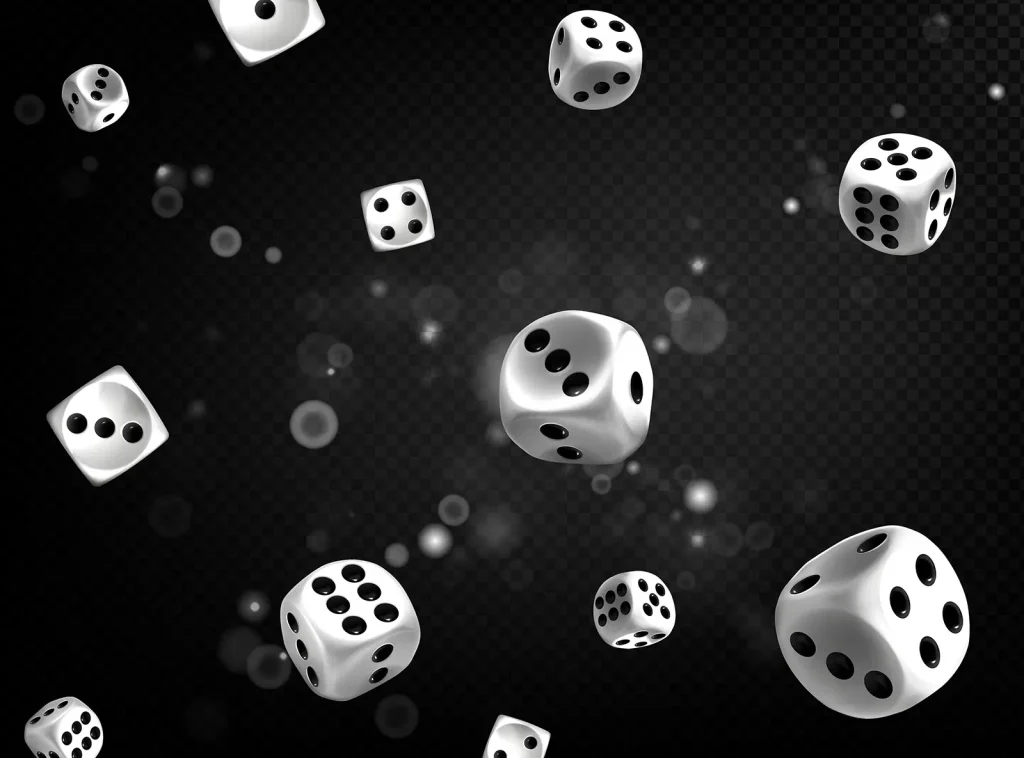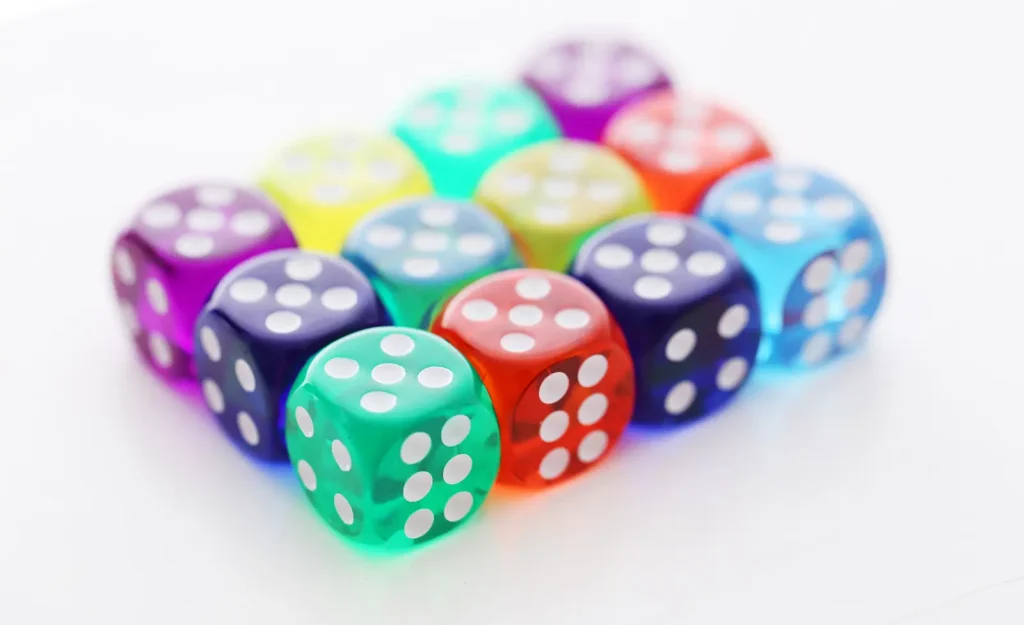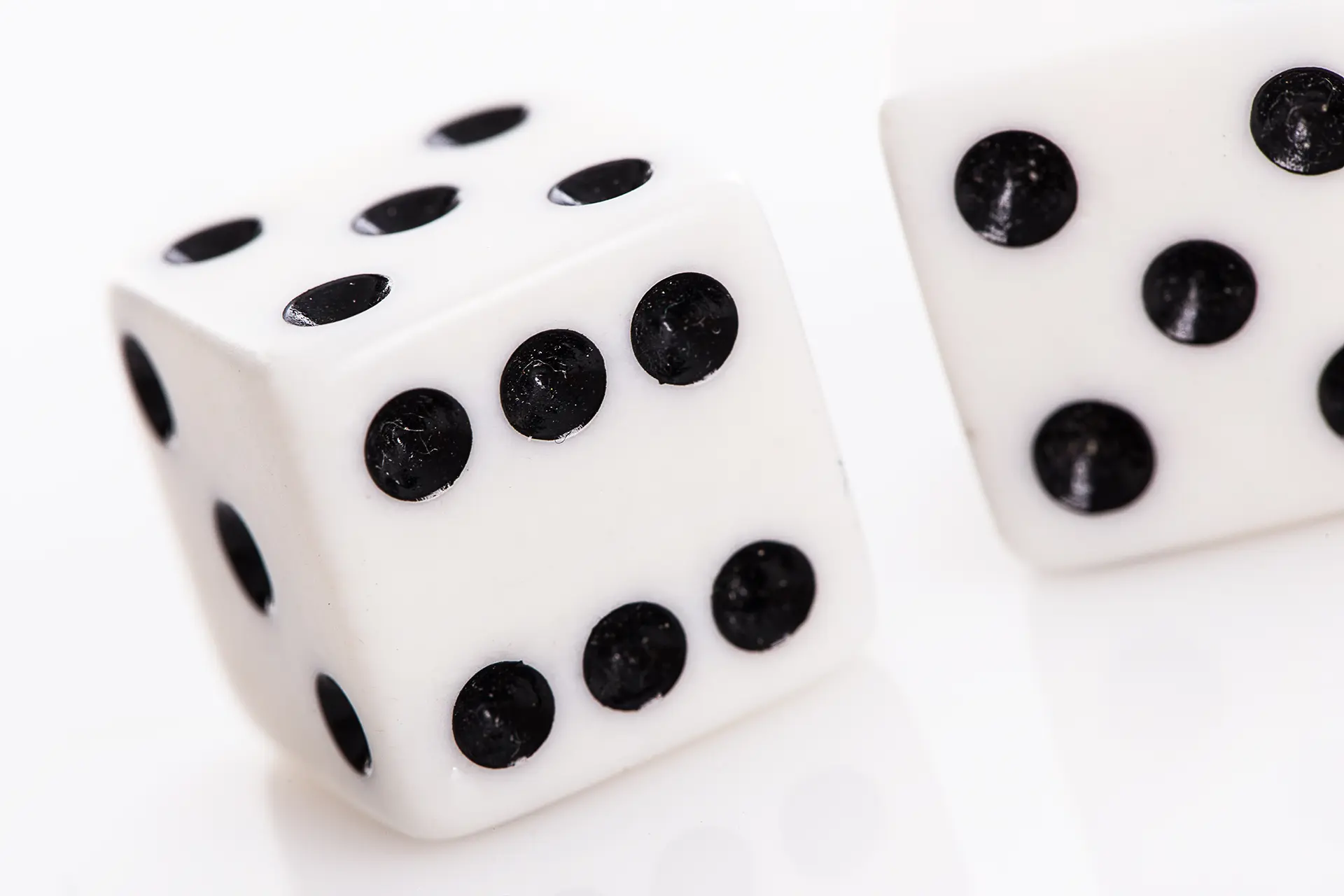The behavior of dice may seem random, but experimental tests prove that the results of dice rolls are not actually random.
- The results of a dice roll, while seemingly random at first glance, are actually influenced by a complex set of physical laws and initial conditions.
- The real-world example of chance and coincidence, the roll of a dice, is largely due to our inability to accurately measure the initial parameters.
- From the physical structure of the dice to the way they are rolled, every small factor can change the outcome. As a result, what we perceive as chance is actually a product of complexity and our limitations in predictability, not a lack of order.

There is no more classic example of random chance than the toss of a coin. But is it true? In practice, it seems that way, but technically speaking, what about it? To be precise, the answer is no!
If you are one of those people who wants to find an excuse not to participate in games that use dice, we will show you that rolling dice is not random. Let’s start with a philosophical argument.
Our world is essentially deterministic, meaning that it has certain physical laws. If this were not the case and our world were completely random, science would not be able to progress. For example, predicting the path of a projectile or a chemical reaction based on the fixed laws of physics would not be possible, and humans would not be able to predict or plan anything accurately. However, in such a world, we assume that the outcome of a dice roll is random by default. Does that make sense?
According to researchers at the Lodz University of Technology in Poland, it doesn’t. “The roll of a die is not random and chaotic,” argues a 2012 paper. “From the perspective of dynamical systems theory, the outcome of a die roll is predictable.”

In practice, of course, it’s not. It’s nearly impossible to achieve the level of precision you need to accurately predict the movements of a die, but given enough information, it’s not impossible to predict or even control the outcome of a die roll.
“From the perspective of dynamical systems theory, the outcome of a die roll is predictable”
When you throw a die, if you spin it, the die has a velocity, an angular velocity, and a phase space. How fast does the die move in which direction, and then how fast does it spin in each direction?
Diakonis explains that to accurately describe the initial conditions of a dice roll (such as velocity, angle, position, and rotation), we need twelve dimensions of parameters; but since there are only six possible outcomes to a dice roll (i.e., six sides of the die), this 12-dimensional space is divided into six regions.
Even very small changes in the initial conditions (such as a difference in how you hold the dice in your hand or a slight change in the way you think) can have a large impact on the outcome of a dice roll. This is because in these conditions, the phase space is partitioned more finely, and even small changes can change the final outcome.
A die roll is not scientifically random, but because of the complexity and the large number of factors that influence it, to people who do not have accurate and complete information about the initial conditions, the die roll appears to be random. In other words, the die roll is predictable based on the laws of physics, but because we cannot measure all the details, the outcome appears to be random.
As a 2008 article put it: The reason that a die roll is considered a random number generator is the inability of players to accurately recreate the initial conditions, not that the die roll has inherently chaotic or unpredictable properties. In other words, if a player cannot exactly recreate the initial conditions (such as the angle, speed, and position of the die), the outcome appears to be random, but in fact this randomness is due to the complexity and high precision required to make the prediction, not because of any chaos in the system.

Dice roll From a practical perspective
When we roll a die, we start with a condition that is theoretically non-random, but when we look at the practical realities and real-world conditions, the argument for the randomness of the outcome of a die roll becomes even more questionable.
Diakonis points to an interesting experience from his college days. He says he knew a retired manager who decided to test the laws of chance with a real-world experiment. He tried to see how many times each side of the die came up with three and a half million rolls. After a large number of rolls (like 20,000), he noticed that the dice began to deform and round over time. This deformation is due to friction and repeated blows, which cause the edges of the dice to become smoother and rounder. For this reason, Diakonis and his team had to give him new dice so that the experiment could continue and get more accurate results.
It makes sense that a die would warp after many rolls, but it probably doesn’t matter to most people. Even if you rolled a die every two seconds, it would take more than two years to roll 3.5 million times nonstop.
“Even small artifacts from the die-making process can affect the randomness or fairness of a roll”
One factor that can’t be ignored is the pips on the die, Diakonis says, and these pips have a physical effect on the die. These holes make the 6 side of a die have less mass than the 1 side, because the holes in the die’s face reduce the mass in that area. This difference in mass can affect how the die rolls and spins.
Even small artifacts from the die-making process, such as slight irregularities or differences in weight, can affect the randomness or fairness of a roll. For example, while testing 20-sided dice, testers from the Amazing Dice Blog noticed that one of the faces (face 14) appeared much less prominent than the others. The testers explained that the dice made by GameScience have a small piece of plastic protruding from one of the faces. This may have caused one of the faces (in this case, face 14) to appear less prominent than usual.
The testers explain that the protrusions, which are the extra pieces of plastic left over from where the dice are removed from the mold, are located on face 7 of the GameScience 20-sided dice, directly opposite face 14, which appears less prominent than the other faces. This protrusion can cause the dice to be unbalanced and affect their results.
Real-world experiments
You might think that the philosophical and technical discussions about rolling dice might be interesting in theory, but in practice, in the real world, they might not matter much.
A practical experiment with dice requires a lot of patience, time, and personal interest, but despite the difficulties of the experiment, there have been people who have done it.
The Amazing Dice Blog used two different types of dice for their experiment: 20-sided “Chess” dice and brand-new “Game Science” 20-sided dice that had just been unwrapped. The dice were rolled by hand onto a game board that was placed on a flat table. For this experiment, the dice were thrown at least 60 centimeters above the surface, and the dice had to hit a flat surface (a small obstacle or wall) and then return to rest.
The experiment is similar to the one used at casino craps tables to prevent cheating. The logic behind the experiment is that if this method works for six-sided dice, then it should work for 20-sided dice that are rolled without any intention of manipulating the outcome (since casinos don’t make a profit, we can conclude that they are experts at implementing anti-cheating methods).
After 20,000 test rolls, the blog concluded that none of the dice mentioned (Game Science and Chess) were rolled randomly and that the results of the rolls were not random.
If the dice were truly random, after a thousand rolls, or even after about 50 rolls, the results should have reached an approximately uniform distribution (i.e., each side of the die should come up equally). This means that if they were random, each side should come up the same amount.
“In random experiments, there are always deviations from a uniform distribution”
If the outcome of a die roll were completely random, then after a large number of rolls of a 20-sided die, each side should have come up approximately 500 times. But even if such a uniform distribution were observed, the result itself could be suspect, because randomness usually does not happen exactly like this in the real world.
In random experiments, there are always deviations from a uniform distribution. According to statistical analysis, in 10,000 rolls, with 85% confidence, the number of times each side of the die appears should be in the range 467 to 533 to indicate randomness. But none of the dice had results that conformed to a random distribution. Only one side of the chess dice fell within the expected range, but the GameScience brand dice performed better. However, the 14 side appeared 40% less often than expected, which is a big exception.
The experiment is probably one of the most in-depth, but not the most extensive, on dice. Mark Fickett has done a very thorough and detailed analysis of different types of dice, and the results show that most dice are not truly random.
If you want dice that give truly random results, you either have to go to Las Vegas (where casinos use accurate and fair dice) or you can do as the Romans did and leave the game to chance and supernatural forces.
